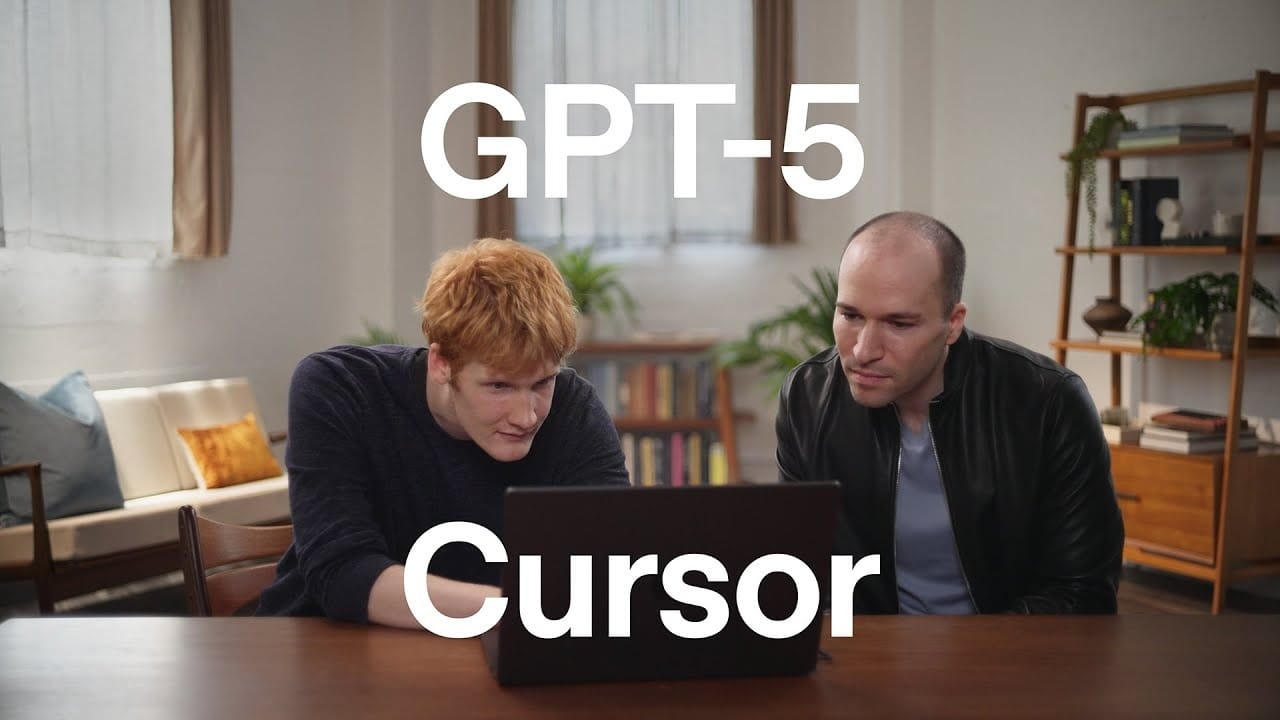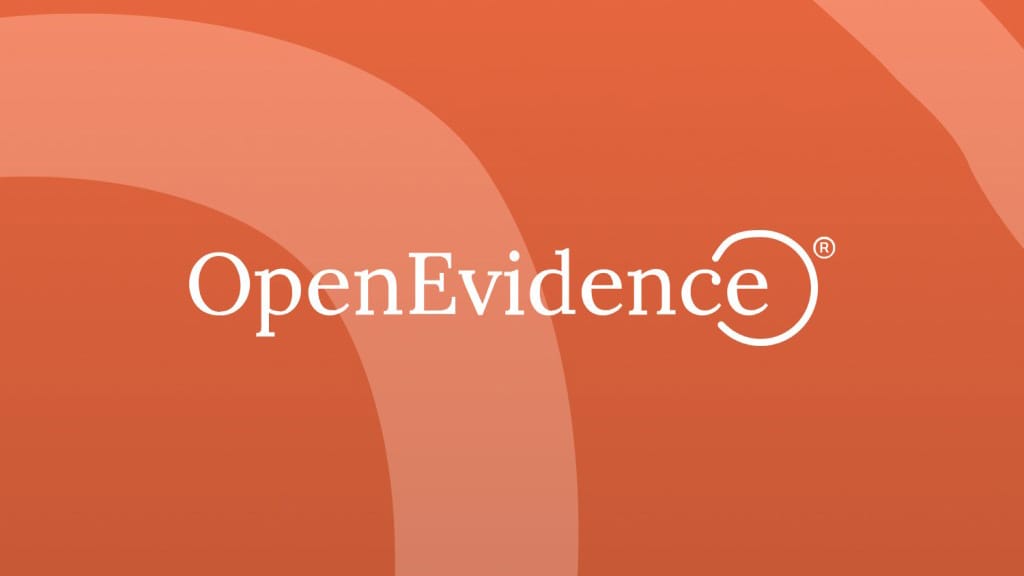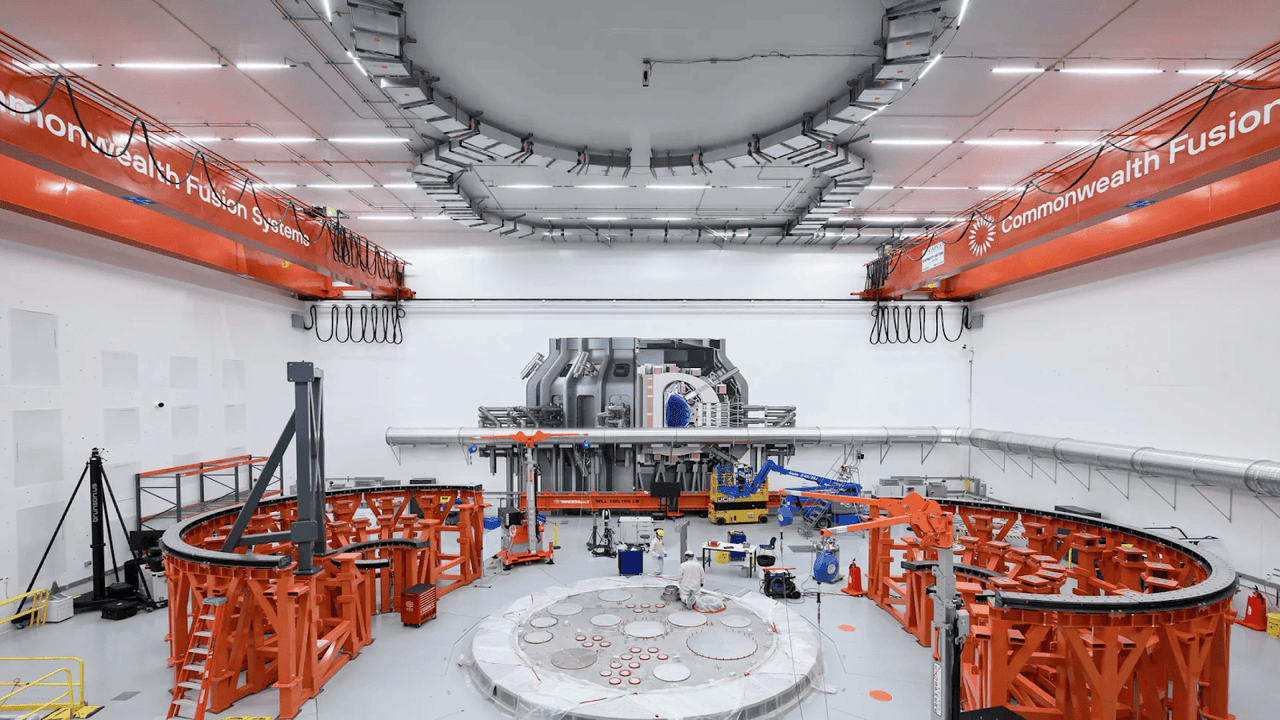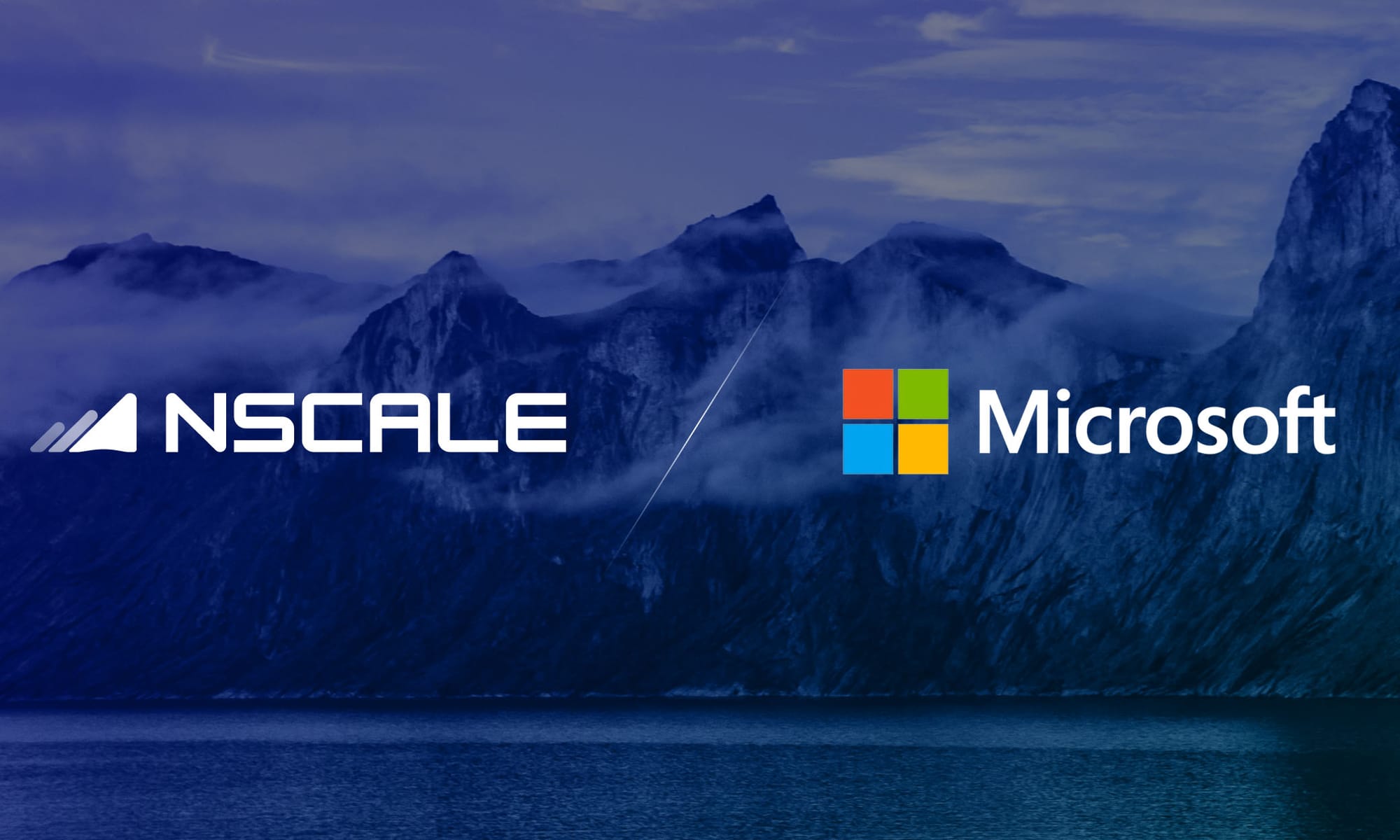The New Law of AI Gravity—Never Orbit Just One Sun

In the galaxy of artificial intelligence, gravity is a tricky thing. The more powerful a platform becomes, the more it pulls others into its orbit. Yet, in 2025, the most sophisticated players in AI are not seeking the comfort of a single, warm sun. Instead, they’re building rockets, space stations, and escape pods—ensuring that no matter how bright one star shines, they can always chart their own course. The central question for founders, strategists, and investors is no longer “Who has the best model or cloud?” but “How do we collaborate without becoming dependent?” In other words: How do you win in AI without getting locked in a gilded cage?
Let's discuss two instructive cases—Cursor’s strategic dance between Claude and GPT-5, and OpenAI’s infrastructure polyamory with Oracle, AWS, and Azure—to illuminate why strategic independence is the new prime directive in AI.





